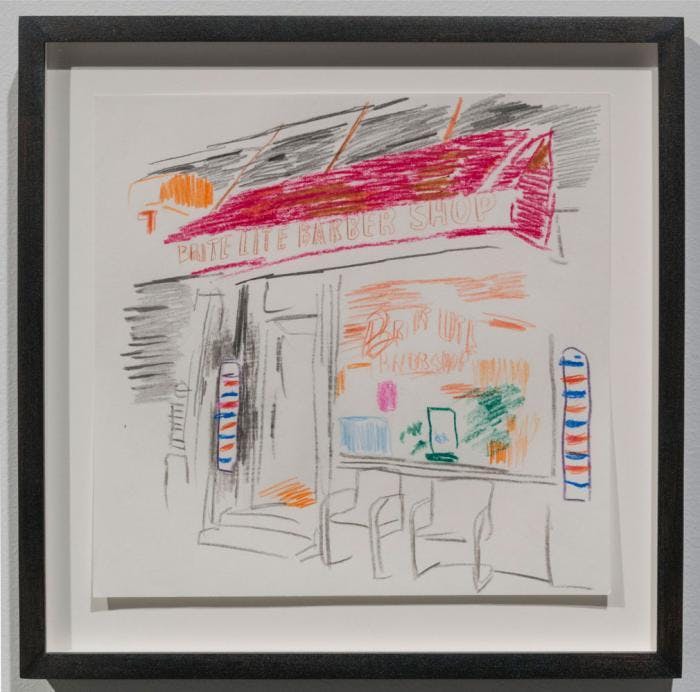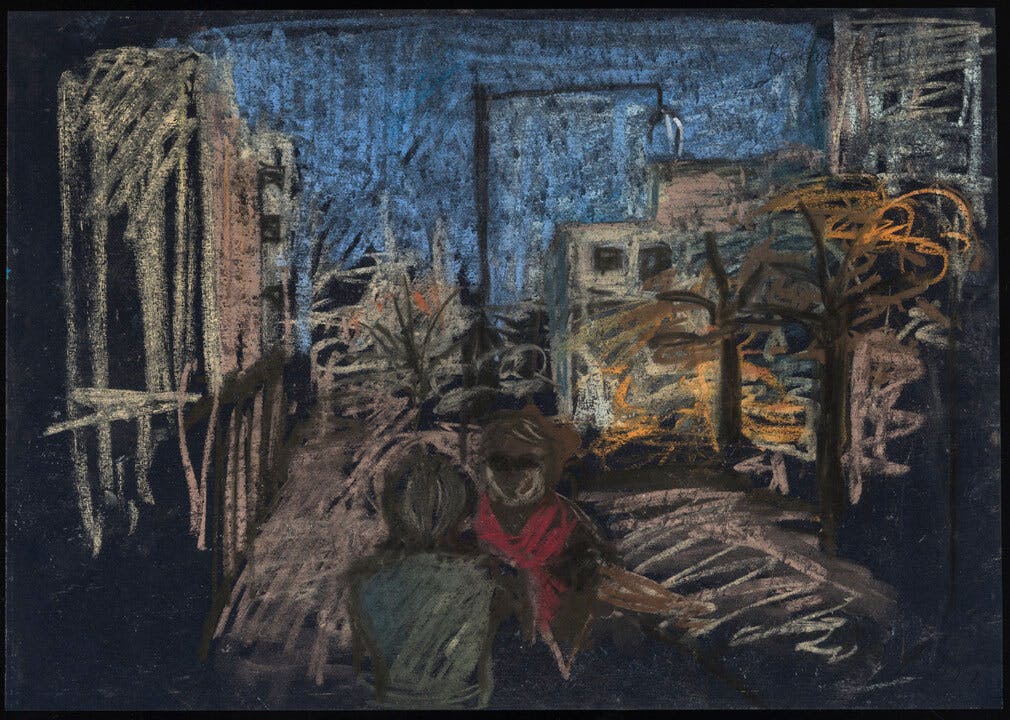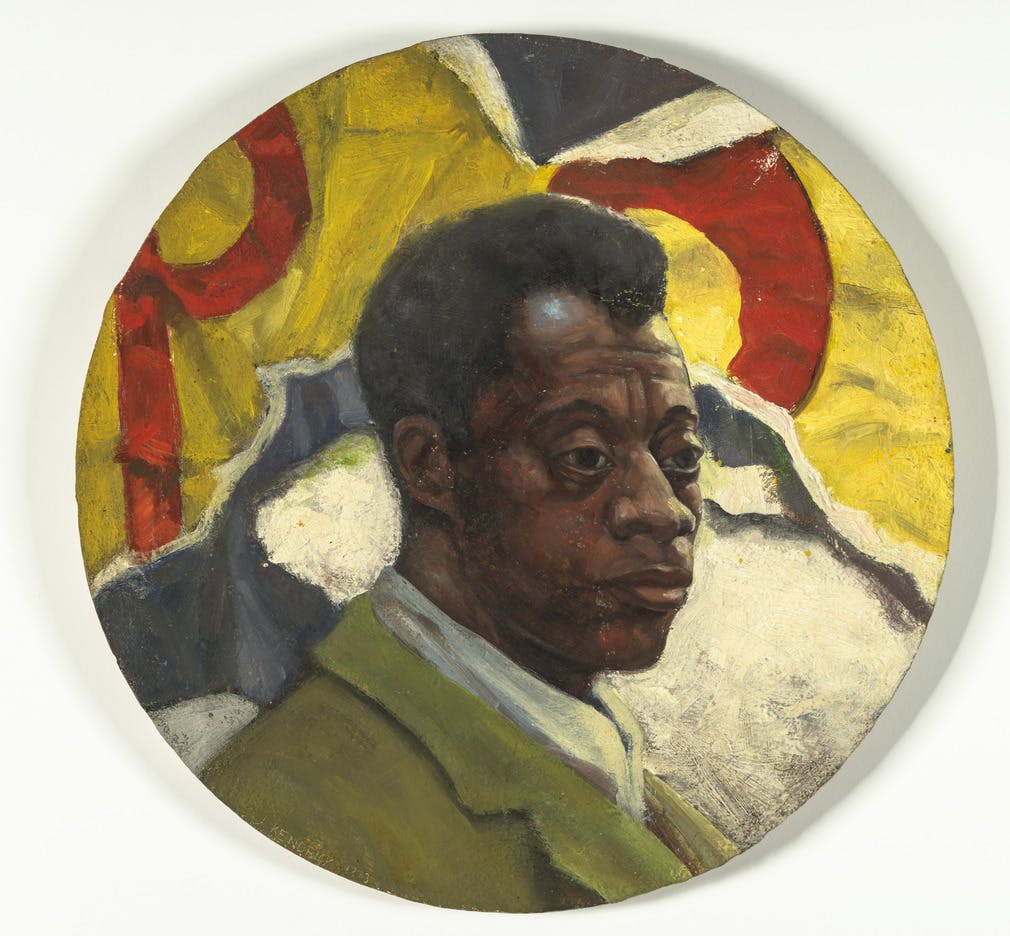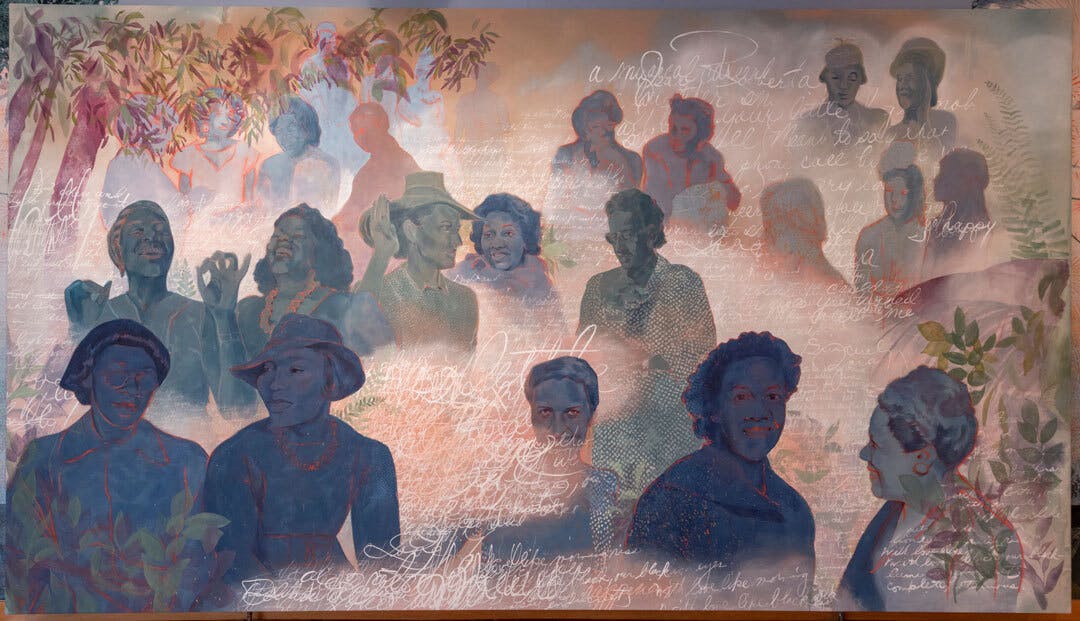Art in Partnership


The Studio Museum in Harlem is excited to introduce the first in a series of pocketbooks that will explore connections between artworks by artists of African descent, largely from our permanent collection. We are thrilled to be collaborating with our School & Community Partners—this pocketbook edition was created with our ongoing Community Partner, the Ali Forney Drop-In Center in Harlem.
Moments of Joy, Celebration, and Rest
Below, you’ll find a selection of artworks that explore a wide range of subject matter and techniques, as well as a series of art-making prompts. There is no right or wrong way to approach your response! The artworks and prompts presented here are intended first and foremost as inspiration. Feel free to interpret the prompts in whatever way you choose or ditch them altogether. Have fun, focus on the process not on perfection, and try something new rather than worrying about following a template.
Whatever direction you take, we hope this pocketbook is something you can hold on to and revisit. Its purpose is for creative exploration and to provide space for small moments of peace, reflection, play, and care.
We would love to see what you create! You can share images of your responses to the prompts by emailing them to [email protected] or posting them on social media and tagging @studiomuseum.
Materials
- Paper
- Paint brushes
- utensils like pens, pencils, and markers
Find a city moment that you wish to capture
Find a city moment that you wish to capture. Set a timer. How much of the setting can you capture in two or three minutes? Remember you’re capturing an impression, so don’t get caught up in too many details. Make sure you are comfortable wherever you are drawing. Will you head to your local public park or capture the view from your window?
Wardell Milan’s Drawings of Harlem; Lite Brite Barbershop (2008–09) and Lynette Yiadom-Boakye’s Untitled (2010) portray city architecture and moments of life in public spaces.
Create a portrait of someone who inspires you
Create a continuous line drawing of a friend or yourself


In the spirit of Dwight Mackintosh’s Untitled (#88-45) (1988), create a continuous pencil/pen line drawing of a friend or yourself by looking in a mirror. A continuous line drawing emphasizes your body’s automatic response to sight over visual “accuracy.”
As you are drawing, try to look at the subject more than your paper. Try not to lift your drawing utensil from the paper as you work. If parts of the drawing seem “out of place,” that’s okay! This exercise is meant to get you to notice the details in your subject rather than drawing what you think you see.
Create an abstract watercolor painting


Stanley Whitney’s Lightnin (2009) is a colorful example of an abstract artwork. Do the different colors evoke different feelings depending on where they appear in the painting? What objects or sounds does this painting remind you of based on the way the artist chose to use color, shape, or mark-making?
Create an abstract watercolor painting. Think about how you can place different colors next to each other, and the different effects this could create. Paint several versions to see which you like best.
Combine text with design elements
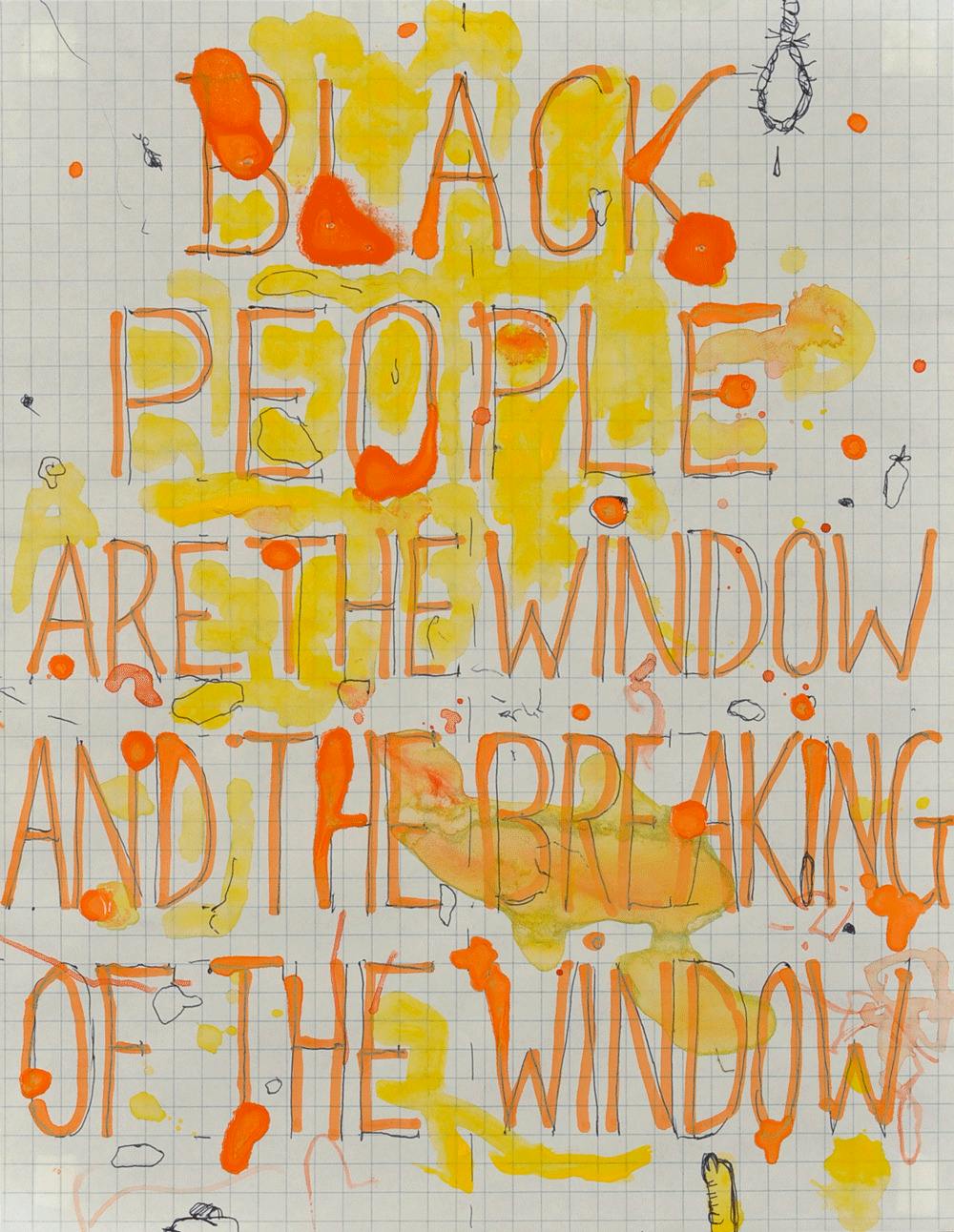

Pope.L’s Black People Are the Window and the Breaking of the Window (2004), combines text with design elements to add layers of meaning to the artist’s writing. Can you imagine how the writing would have an entirely different impact if it was just black text against a white background? How do you think the artist’s choices change the way you experience the writing?
Take a moment to write a short paragraph reflecting on something that has been on your mind. You can write about something that is angering you or that you want to change, a place that inspires you, a shared moment with someone important to you—anything you want. It isn’t important that the language makes sense or follows traditional grammar rules. Now think about how you can combine this text with painted or drawn elements that match the tone of your writing.
Translate a song into a painting


The repetition in Barkley L. Hendricks’s Self Portrait in Three Colors (1979) creates a rhythmic quality that gives the artwork a musical effect, further emphasized by the image of a figure holding part of a stringed instrument.
Put on a song that energizes you. Think about how you can translate this song into a painting. What is it about this song that resonates with you? Is it allowing a temporary escape? Does it make you feel empowered? Does it help you process your feelings about something happening in your community or the world right now? Create an artwork while the song is playing. How did the music impact your artwork?
Create your own fantastical or mythical figure in a watercolor painting


In Magnificent Monkey-Ass Lies (2004) Wangechi Mutu creates a fantastical hybrid figure that explores sexuality and the Black female body.
Create your own fantastical or mythical figure in a watercolor painting. How can you exaggerate parts of the character or use contrasting or unexpected color choices or shapes to emphasize some aspect of their personality? What does this character represent or stand for?
Create a watercolor portrait of yourself in a place of peace, comfort, and care
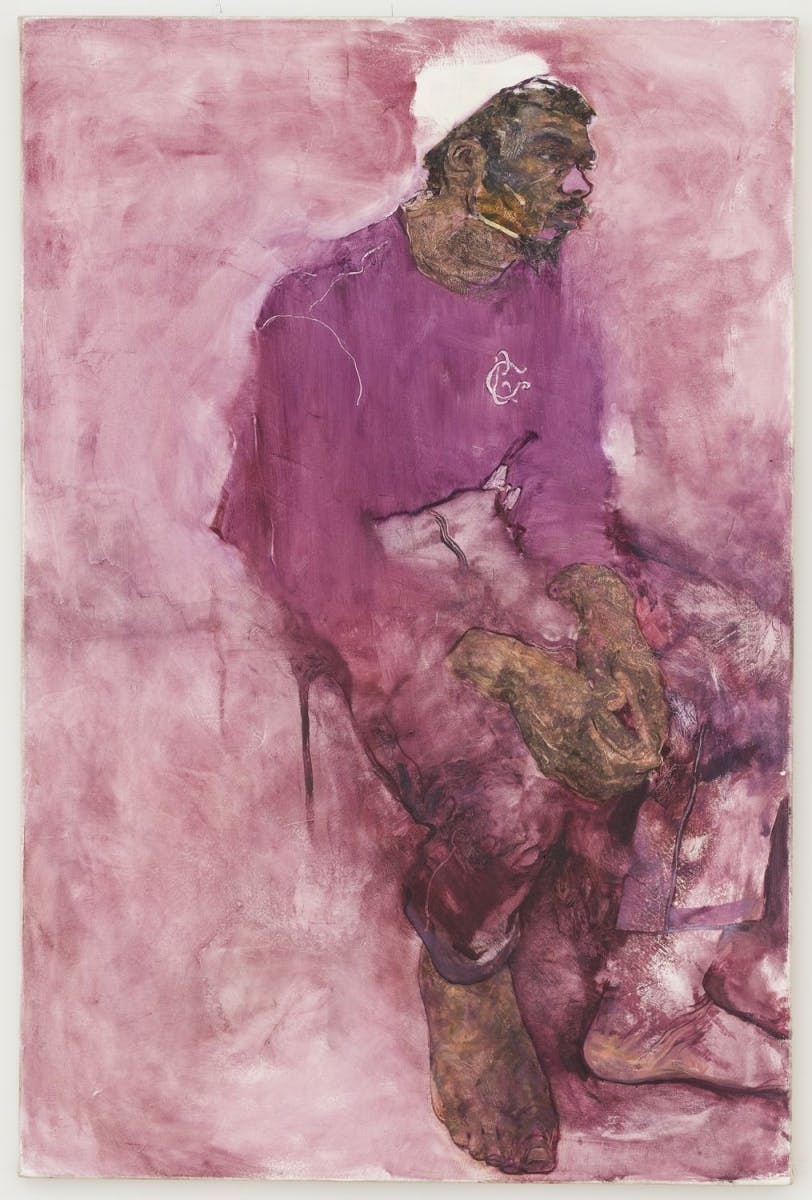

In Jennifer Packer’s Ivan (2013), we see a Black figure seated experiencing a moment of rest and contemplation.
Imagine yourself in a place of peace, comfort, and care. What activity are you doing there? Are there others with you? Create a watercolor portrait of yourself in that place.
Support for inHarlem is provided by the Stavros Niarchos Foundation; Institute of Museum and Library Services; and JPMorgan Chase & Co. The Studio Museum in Harlem’s education programs are supported by the Thompson Foundation Education Fund; Llewellyn Family Foundation; Sony Music; Gray Foundation; Con Edison; May and Samuel Rudin Family Foundation; and Joseph and Joan Cullman Foundation for the Arts. Digital programming is made possible thanks to funding from the Helen Frankenthaler Foundation’s Frankenthaler Digital Initiative. Additional support is generously provided by The New York City Department of Cultural Affairs; and New York State Council on the Arts with the support of the New York State Legislature and the New York City Council.
